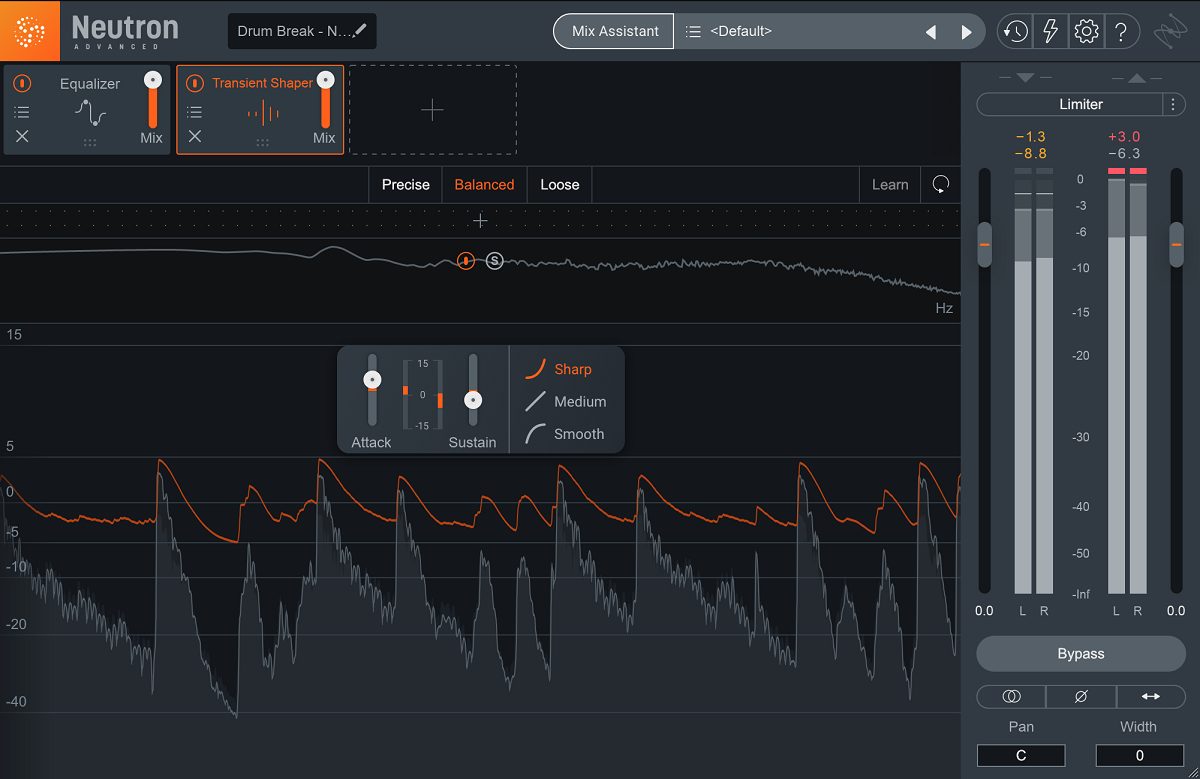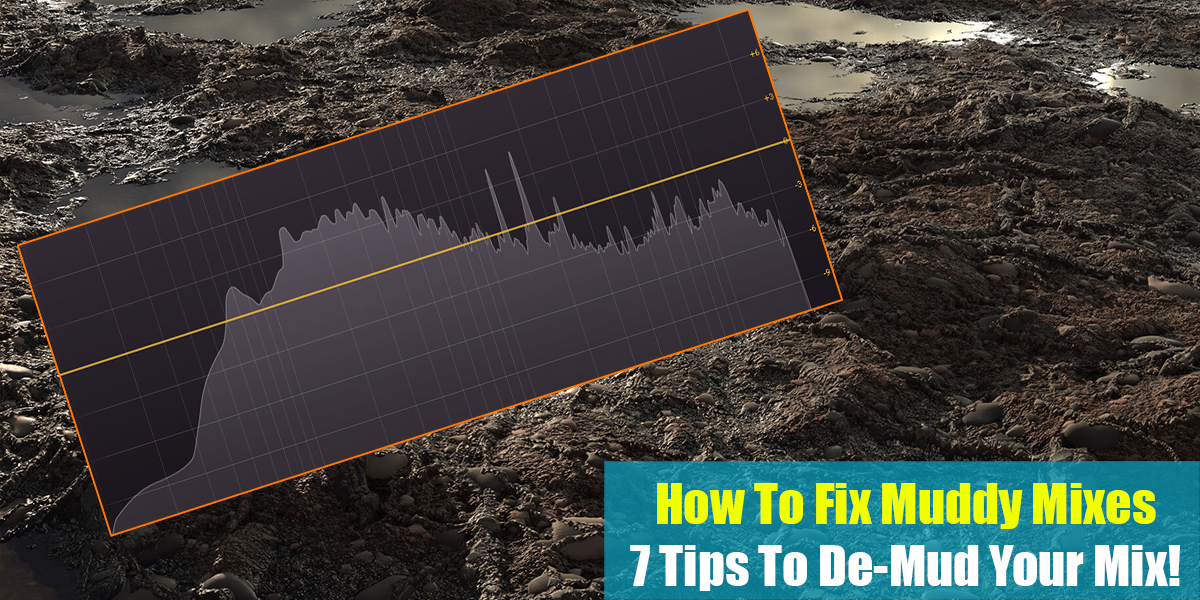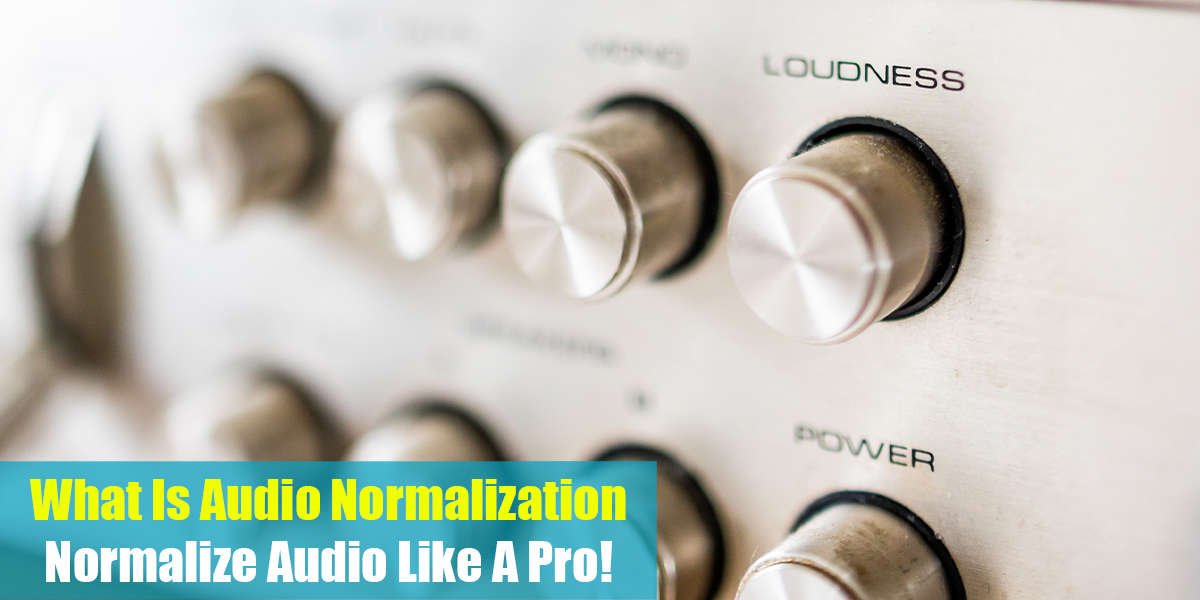How To Use Transient Shaper
Introduction
A dynamic processor – a compressor or expander – can be used as a creative tool as well as a corrective tool, as experienced users are aware.
To achieve a range of effects similar to adding or removing damping from the drums before recording, it is common to adjust the relationship between the attack transient and the decay portion of drum notes using the attack and release controls.
However, the amount of compression applied and how traditional dynamic effects are used can make this process a bit sensitive.
It is common for people to wish that they could control the attack and decay of notes in an audio recording as they do with an ADSR on a synth or sampler. Transient shapers can help with that.
How Does Transient Shaper Work?
It is possible to add punch and clarity to a dense mix by harnessing the power of a compressor’s attack and release controls. It is, however, not recommended to shape envelopes using a compressor. In addition to drawing out the transient‘s attack, a compressor will also compress the remainder of the waveform heavily, affecting the decay of the signal in ways we might not intend.
An attack or sustain signal can be dried out using this tool without affecting the other parts of the signal. Several of these products are currently available on the market. A transient designer works by identifying both the attack and sustain components of a signal and raising or lowering their levels without adding any artifacts to the rest of the signal.
In your editor, you can select specific portions of the signal waveforms and adjust the volume accordingly. It is fascinating to note that this tool is able to work in the opposite direction in addition to working in one direction.
To soften up a signal’s transient and make room for other elements in the mix, you can actually reduce its bite, or you can reduce the sustain of ringing toms or kick drums that are clouding up the low end of the recording. Try using these tools on other signals, such as spiking out a guitar or bass note, although they are usually used in conjunction with drums and other percussive material.
It may surprise you to find out what the results are. With just a compressor alone, performing these tricks is difficult, if not impossible, so we are grateful for these special processors. Now that you know how to use them, let us explore some useful tips.

Transient Shaping the Drum Bus
There is no doubt that one of the most common applications of transient shapers is to manipulate drum envelopes. As well as being able to process individual drum tracks (where obviously you have greater control), they can also be utilized to process full kits (where some of the multiband units may allow you to process different components of the kit in different degrees).
Increase the transient attack of your drums while reducing their sustain to give them an edge. Drums are emphasized by these settings while their duration is simultaneously shortened, which provides an extra punch.
Originally, this was a live drum loop with a choppy feel, which is suitable for beat-oriented music, which has a lot of energy. Drums can be more aggressive if you are making instrumental music since they will not be competing with a vocal. Use this to your benefit and don’t forget not to overdo it.
Transient Shaping the Kick and Snare Drum
Modern music tracks are often driven by punchy kick and snare drums, which provide a strong foundation for the rest of the mix. To demonstrate this, let us examine how transient design can be used to create striking, impactful drums that stand out in any mix.
The term “transient design” refers to the process of sculpting and manipulating transients in order to achieve a desired result. Ideally, we would like to increase the impact and power of punchy drums by increasing their initial attack. In order to create a punchier, more defined sound, you should increase the attack and decrease the sustain of the kick and snare drums.
An excessive amount of emphasis may be placed on the kick drum. The mid and high-frequency spectrum can have a great deal of punch. We may be able to resolve this problem by using conventional compression or equalization techniques. We are, however, of the opinion that using the multiband transient shaper as the primary tool for processing the kick drum will yield better results and save us time.
In dynamic recordings, the amplitude envelope of transients is frequently shaped using a transient shaper. Jazz drummers’ snare recordings, for example, will sound very different from rock drummers’ snare recordings. Rock drummers are likely to strike their snare drums with the same velocity each time, while jazz drummers are likely to deliver more dynamic performances.
In order to accomplish this, you only need to apply a transient to your snare track and lower the attack level. There is no difference between the way in which loud and quiet transients are processed, regardless of their peak levels. To ensure that quiet transients, as well as loud transients, are processed, increase the attack sensitivity knob.
The general idea is to experiment when the music mixing process is going on and find out the best possible settings for the signal you are working on. Always rely on your ears and the needs of the genre and song in hand. That will take you to the right decision.

Transient Shaping for Vocals
The following steps can be followed to revive a lifeless vocal track. To shape transients separately for different areas of the frequency spectrum, set up three bands separately from one interface. Furthermore, by doing this, you can ensure that the sound throughout the track is consistent and balanced.
As you increase the attack gradually, pay close attention to the mid-band so you can hear the effect. To enhance the subtlety of the effect, it is recommended to select a smooth curve. A vocal track can benefit from this technique as it can enhance the transients and add more energy.
The high-frequency band should be used with caution as it may sound too sibilant. This simple procedure will enable you to give a previously flat vocal track more depth and character, making it more lively and appealing to listeners.
Transient shapers can be used effectively to revive lifeless vocal tracks. Follow these simple steps to create a dynamic and well-balanced sound that engages your listeners.
Transient Shaper on Bass
Similarly, transient shapers can be used as an alternative to traditional compressors to excellent effect on bass tracks. With the attack control, you can potentially make a pick-played bass part sound like it was played with fingers by adding or subtracting sustain without bringing up as much finger/fret noise as with conventional compression.
In addition to adding enough pick-like snap to a mellow fingered-bass performance by reducing the transient level at just the right time/duration settings, increasing the transient level at just the right time/duration settings allows the notes to “speak” (cut through) more clearly in a busy mix by reducing the transient level.
Conclusion
We hope that covering this topic, and providing some basic information on transient shaping and some usages of it will expand your horizon and set you in the right direction when addressing some transient issues.
If you are having any questions or concerns about the topic we covered here, please let us know in the comment section below and we will be happy to elaborate with you and expand on the topic!
Best Mastering Compressors: Top 9 Units For Your Mastering Studio!
What Are Optical Compressors: Top 5 Opto Compressors Listed!
What is FET Compressor: Best 5 Models, Guide, and Plugins!
What Is VariMu Compressor: Key To Achieve Classic Sound!
Top 10 Best 500 Series Compressors: Best Models Shown!







